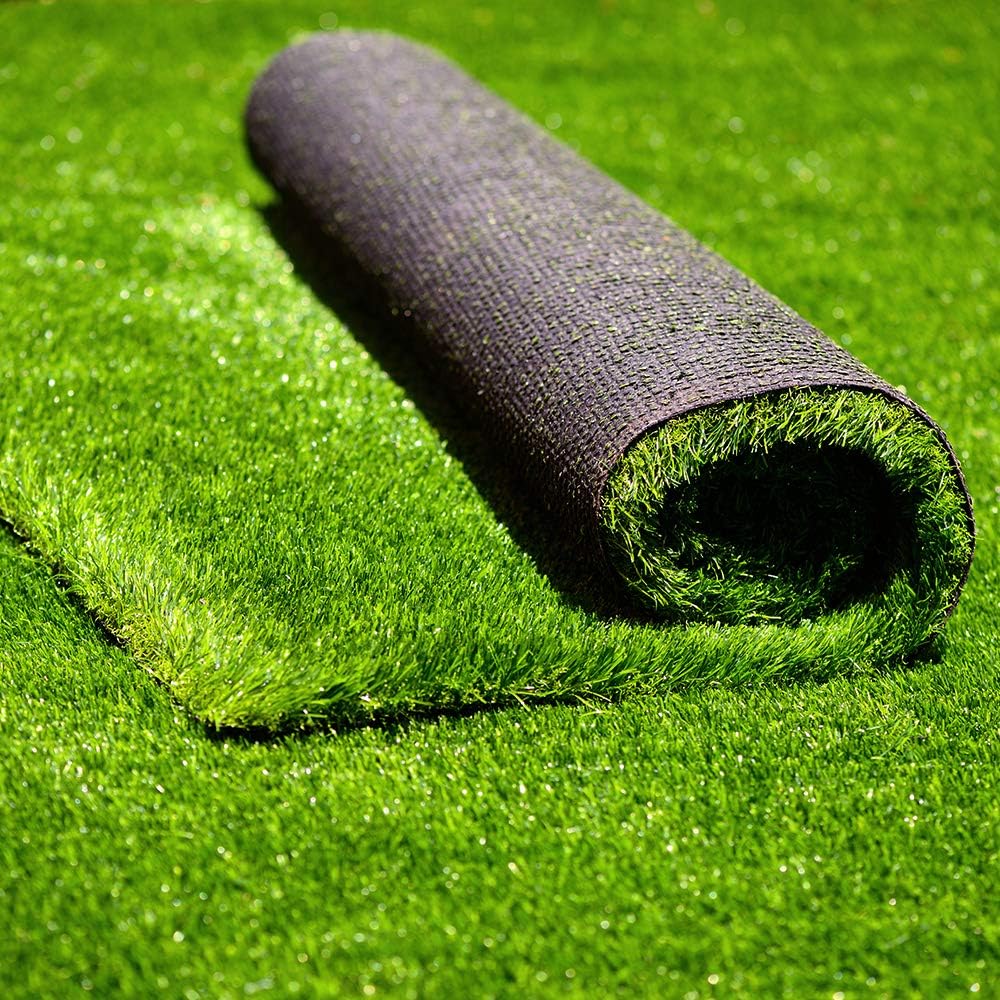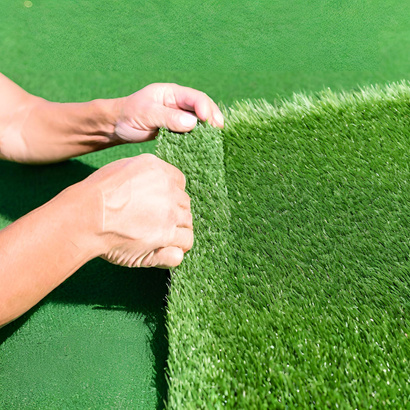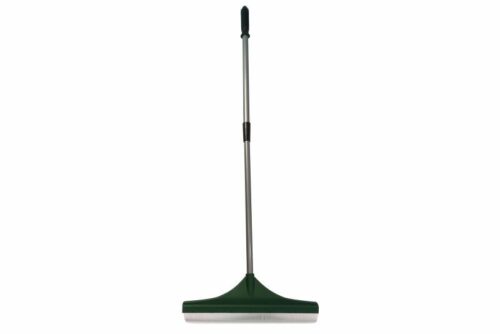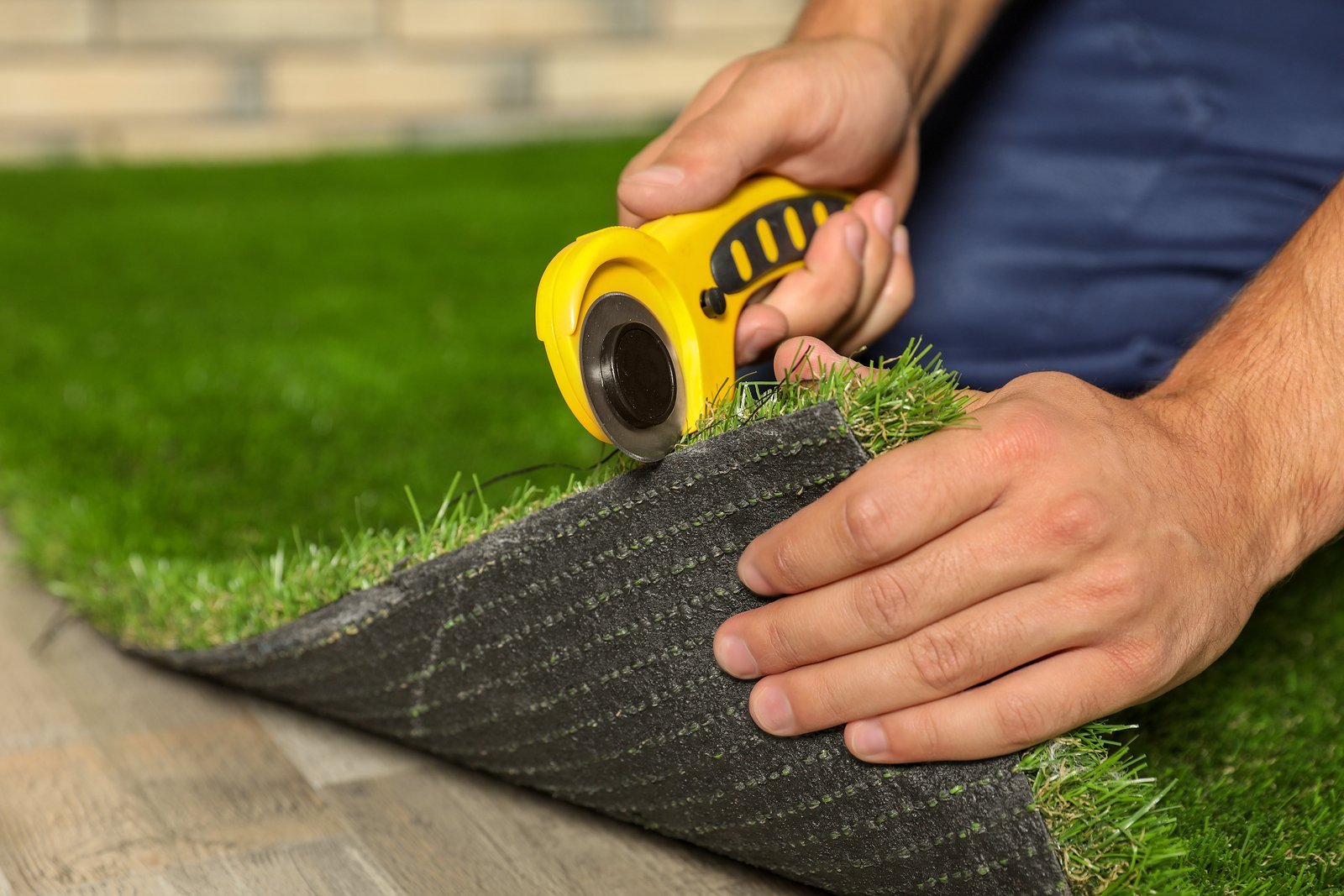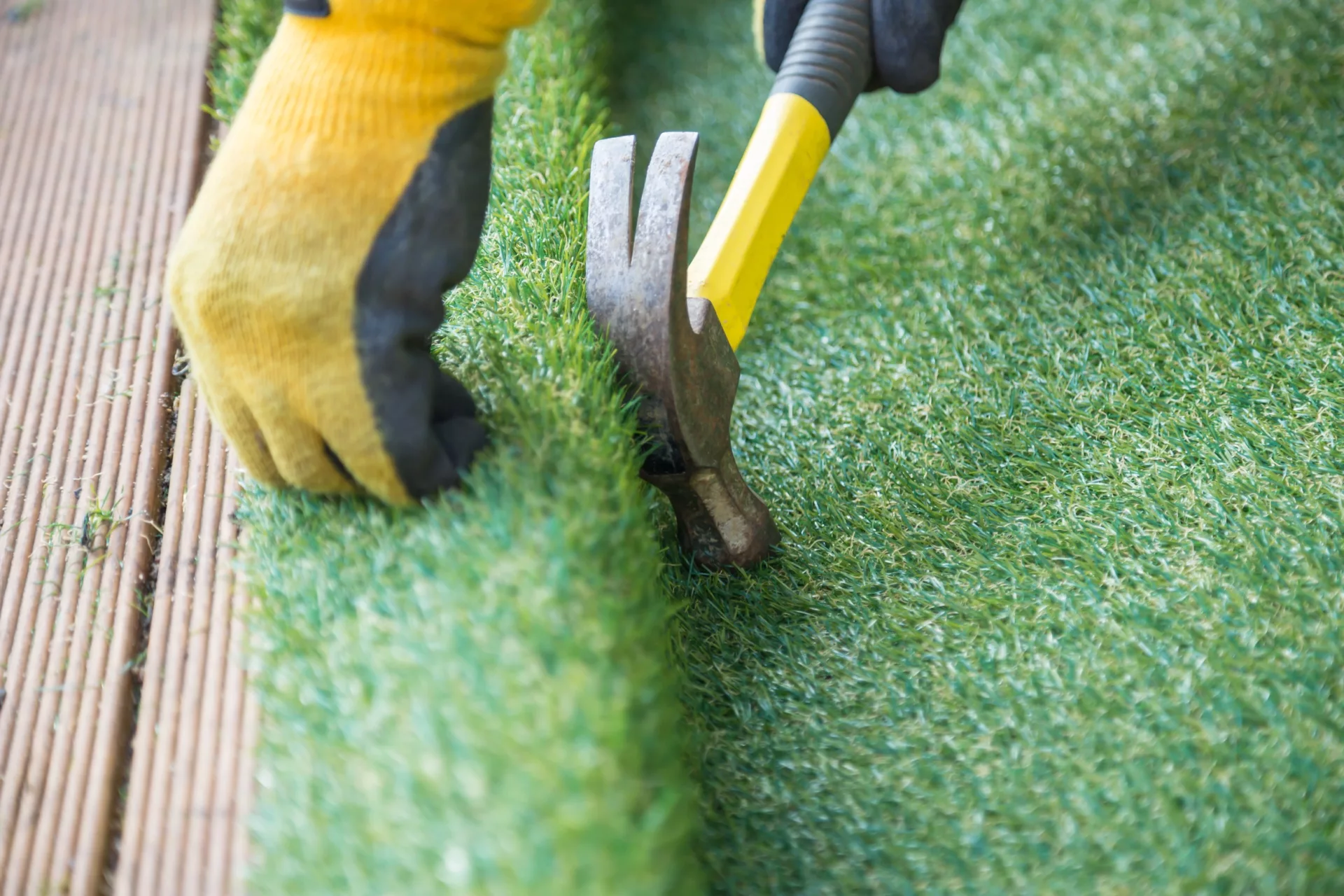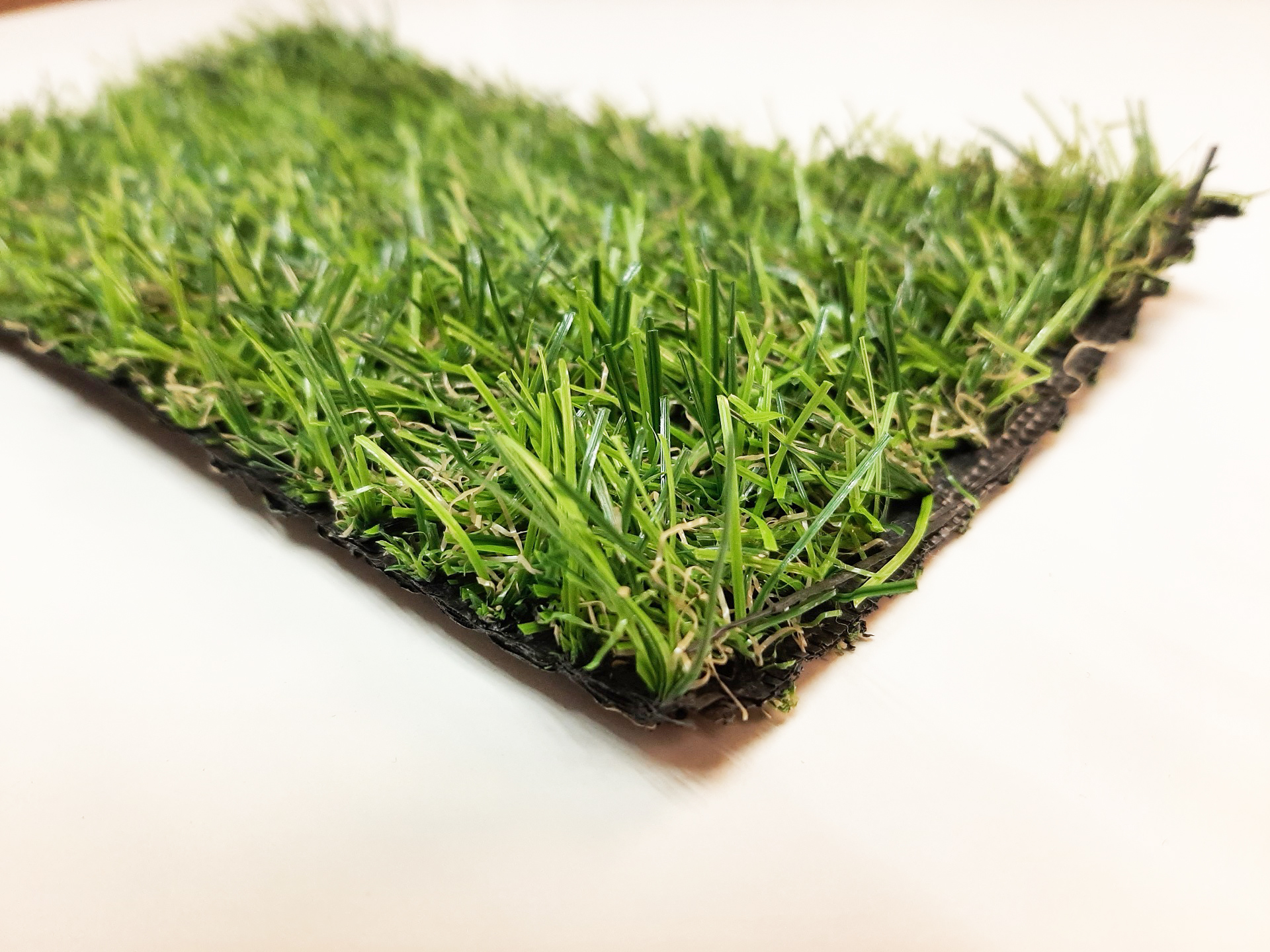
What Affects the Longevity of Artificial Turf and How to Make It Last Longer
Post Author:
Diana B.
Date Posted:
August 31, 2023
Share This:
Introduction
Artificial turf has become a popular alternative to natural grass for both residential and commercial landscapes due to its low maintenance and evergreen appearance. However, understanding the factors that affect the longevity of artificial turf is crucial for maximizing your investment. In this comprehensive guide, we will explore what affects the lifespan of artificial turf and provide practical tips to make it last longer.
Key Factors Affecting the Longevity of Artificial Turf
Quality of Materials
The durability of artificial turf largely depends on the materials used in its construction. Common materials include polyethylene, polypropylene, and nylon. Each has its strengths and weaknesses:
- Polyethylene: Known for its softness and natural look, it is suitable for residential lawns.
- Polypropylene: More affordable but less durable, often used for decorative purposes.
- Nylon: The most durable and expensive option, ideal for high-traffic areas like sports fields.
Choosing high-quality materials is the first step towards ensuring a long-lasting artificial turf installation.
Installation Quality
Proper installation is critical to the longevity of artificial turf. Professional installation ensures that the turf is laid correctly, with adequate base preparation, proper drainage, and secure seams. Common installation mistakes, such as insufficient base material or poor seam bonding, can lead to premature wear and damage.
Maintenance Practices
Regular maintenance is essential to keep artificial turf in top condition. Basic maintenance tasks include:
- Brushing: Regular brushing helps keep the turf fibers upright and prevents matting.
- Washing: Cleaning the turf with water removes dust and debris.
- Infill Replenishment: Periodically adding infill maintains the turf’s structural integrity.
Neglecting maintenance can reduce the turf’s lifespan and lead to costly repairs.
Usage and Traffic
The amount and type of traffic your artificial turf endures will affect its longevity. Heavy foot traffic, especially in sports fields or playgrounds, can cause wear and tear. To manage high-traffic areas, consider using protective measures such as rubber mats or rotating activities to distribute wear evenly.
Environmental Factors
Exposure to UV rays, extreme weather, and climate conditions can impact the lifespan of artificial turf. Prolonged sun exposure can cause fading and degradation of the turf fibers. To mitigate environmental damage, opt for UV-resistant turf and take measures to protect the turf during extreme weather conditions.
How to Make Your Artificial Turf Last Longer
Choosing High-Quality Materials
Investing in high-quality materials is crucial for the longevity of your artificial turf. While the initial cost may be higher, the long-term benefits and savings make it a worthwhile investment.
Ensuring Proper Installation
Hiring professional installers ensures that your artificial turf is laid correctly. Professional installation includes proper base preparation, adequate drainage, and secure seams, all of which contribute to the turf’s durability.
Implementing Regular Maintenance
Creating a maintenance schedule helps ensure that your artificial turf remains in good condition. Regular brushing, washing, and infill replenishment are essential tasks that keep the turf looking and performing its best.
Managing Usage and Traffic
To extend the lifespan of your artificial turf, manage high-traffic areas by using protective measures such as rubber mats and rotating activities. This helps distribute wear evenly and prevents premature damage.
Protecting Against Environmental Damage
Choosing UV-resistant turf and taking measures to protect the turf from extreme weather conditions can significantly extend its lifespan. For example, covering the turf during intense sunlight or heavy snowfall can prevent damage.
Common Misconceptions About Artificial Turf Longevity
Misconception 1: Artificial Turf is Maintenance-Free
While artificial turf requires less maintenance than natural grass, it is not maintenance-free. Regular care is essential to keep it in good condition.
Misconception 2: All Artificial Turf is the Same
Not all artificial turf is created equal. The quality of materials and construction can vary significantly, affecting durability and lifespan.
Misconception 3: Installation Doesn’t Affect Longevity
Proper installation is critical to the longevity of artificial turf. Professional installation ensures that the turf is laid correctly and securely, preventing premature wear and damage.
Real-Life Examples and Case Studies
Example 1: Residential Lawn
A well-maintained residential artificial turf can last up to 20 years. Regular brushing and occasional washing keep it looking pristine.
Example 2: Sports Field
High-traffic sports fields require durable, high-quality turf and regular maintenance to ensure a long lifespan. Proper installation and infill management are crucial.
Example 3: Commercial Landscape
Commercial properties with artificial turf benefit from professional installation and routine maintenance. Investing in quality materials and regular care can extend the turf’s lifespan significantly.
Conclusion
Understanding the factors that affect the longevity of artificial turf is essential for making the most of your investment. By choosing high-quality materials, ensuring proper installation, implementing regular maintenance, managing usage and traffic, and protecting against environmental damage, you can significantly extend the lifespan of your artificial turf.
For more information on artificial turf care and maintenance, check out these articles and guides. For professional installation and maintenance services, contact Premium Grass Blades today.
